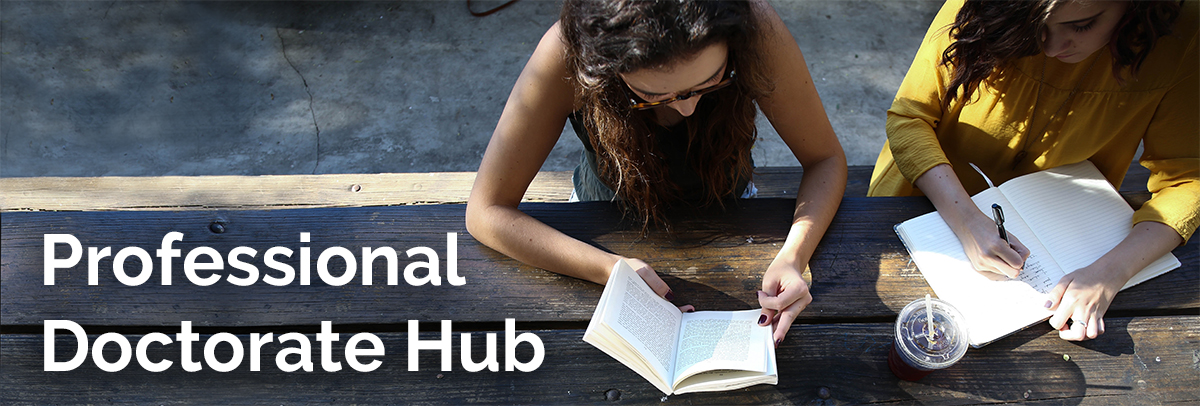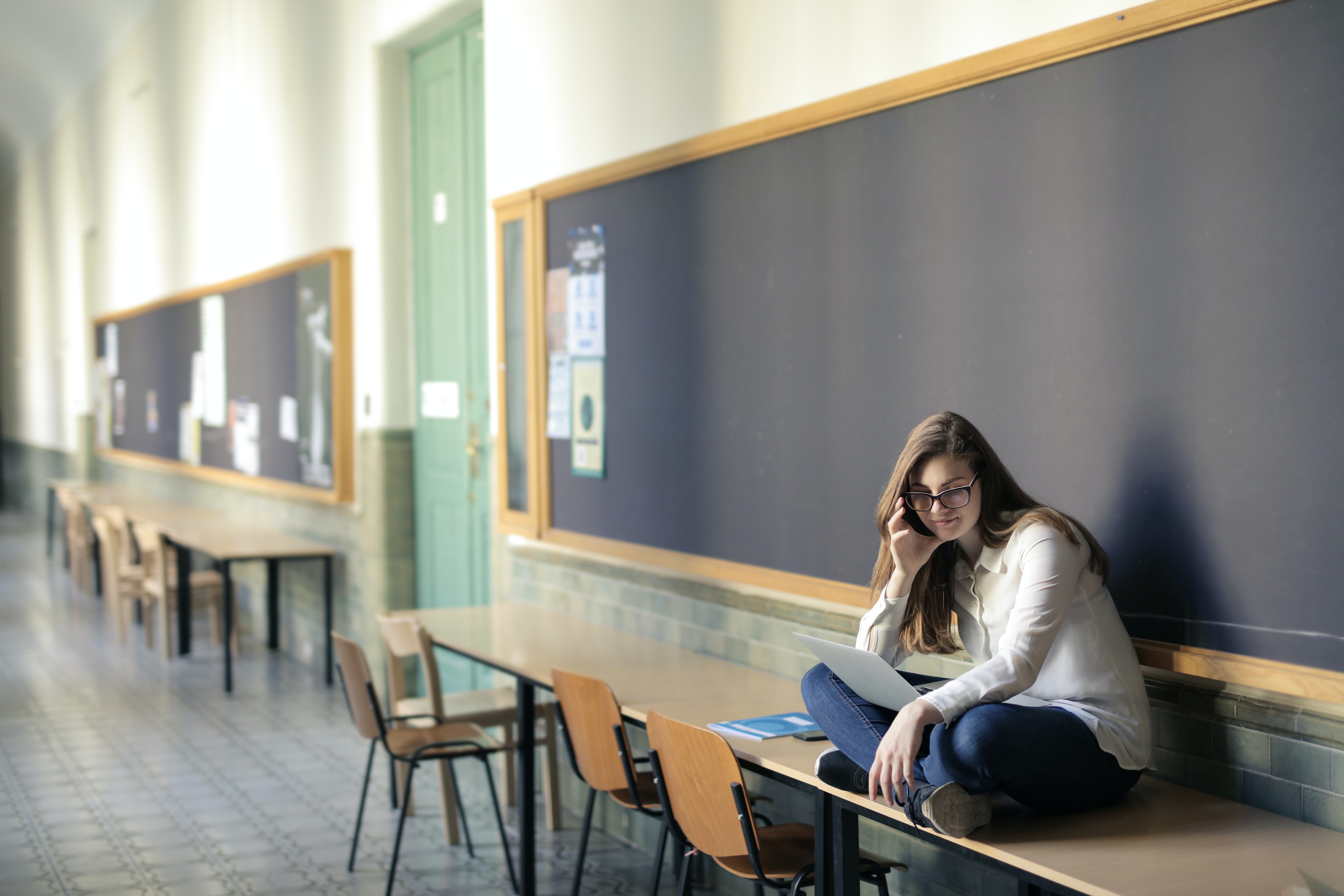In a physical classroom, tutors can see what students are doing and their facial expressions give us immediate feedback about how they are feeling and whether they are understanding the session. In contrast, we have to ask for feedback about what students are experiencing online. There has been little research to show what students actually experience in online tutorials in any detail, particularly for students studying health and social care.
My research looks at students’ experiences in-depth, asking them to share their stories of taking part in tutorials through diaries and interviews. These stories give rich insights into students’ thoughts and feelings during online tutorials. Students share their experiences of interacting with others and building relationships, which helps them learn and the barriers that get in the way. The students choose a false name so that their stories can be shared anonymously with tutors and other university staff.
 An online room at the beginning of a tutorial using Adobe ConnectTM software.
An online room at the beginning of a tutorial using Adobe ConnectTM software.
Twenty-one students are present in the room and there is a slide encouraging them to connect their microphones. Some student nurses are joining the tutorial from their workplace and explain via the chatbox that they are unable to use the microphone. A poll enables students to share how they are feeling about their studies, whilst the tutor is visible through the webcam.
It is important that universities and tutors know about students’ experiences, both positive and negative so that we can make changes to how we work and provide the best possible opportunities for learning.

This piece of content is part of the 'Professional Doctorate Hub', a collection of academic-led info, from articles and infographics to animations. Click on the banner above or CLICK HERE to view all materials.





Rate and Review
Rate this article
Review this article
Log into OpenLearn to leave reviews and join in the conversation.
Article reviews